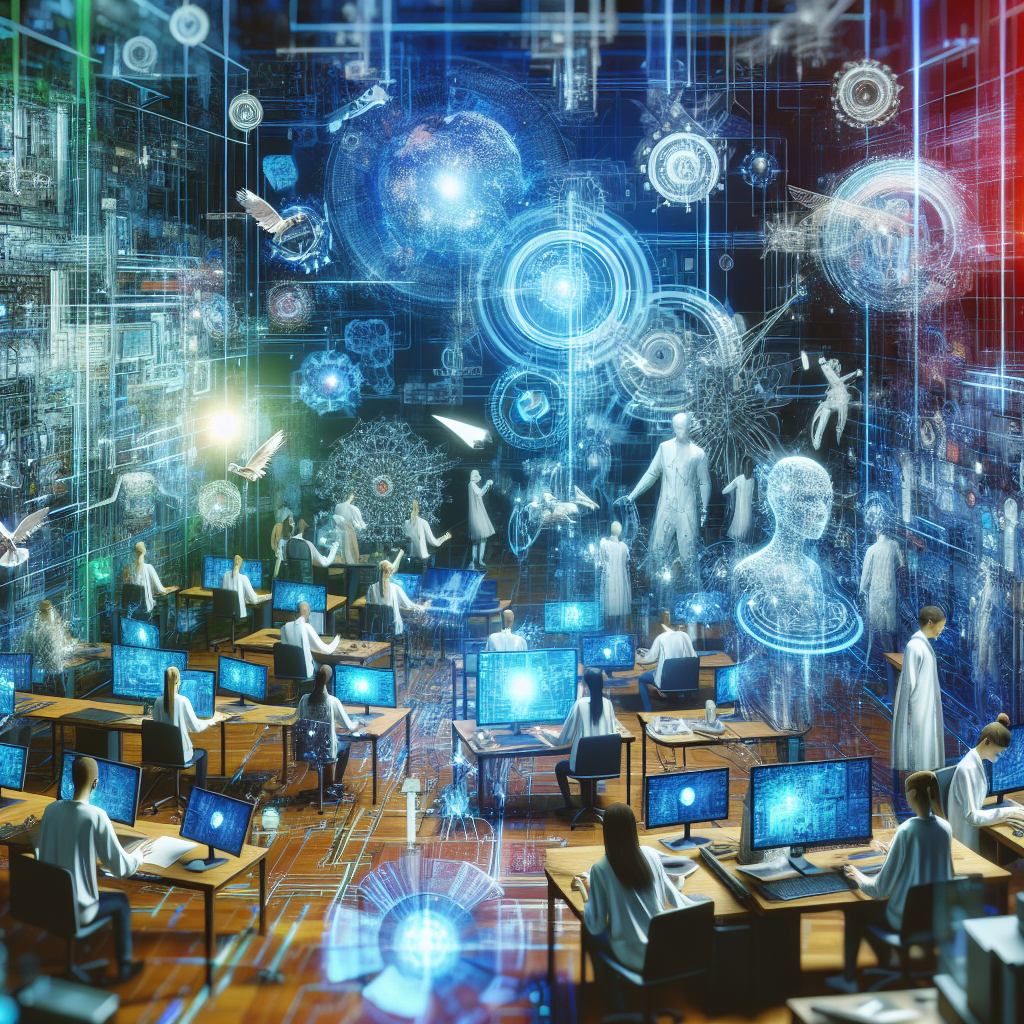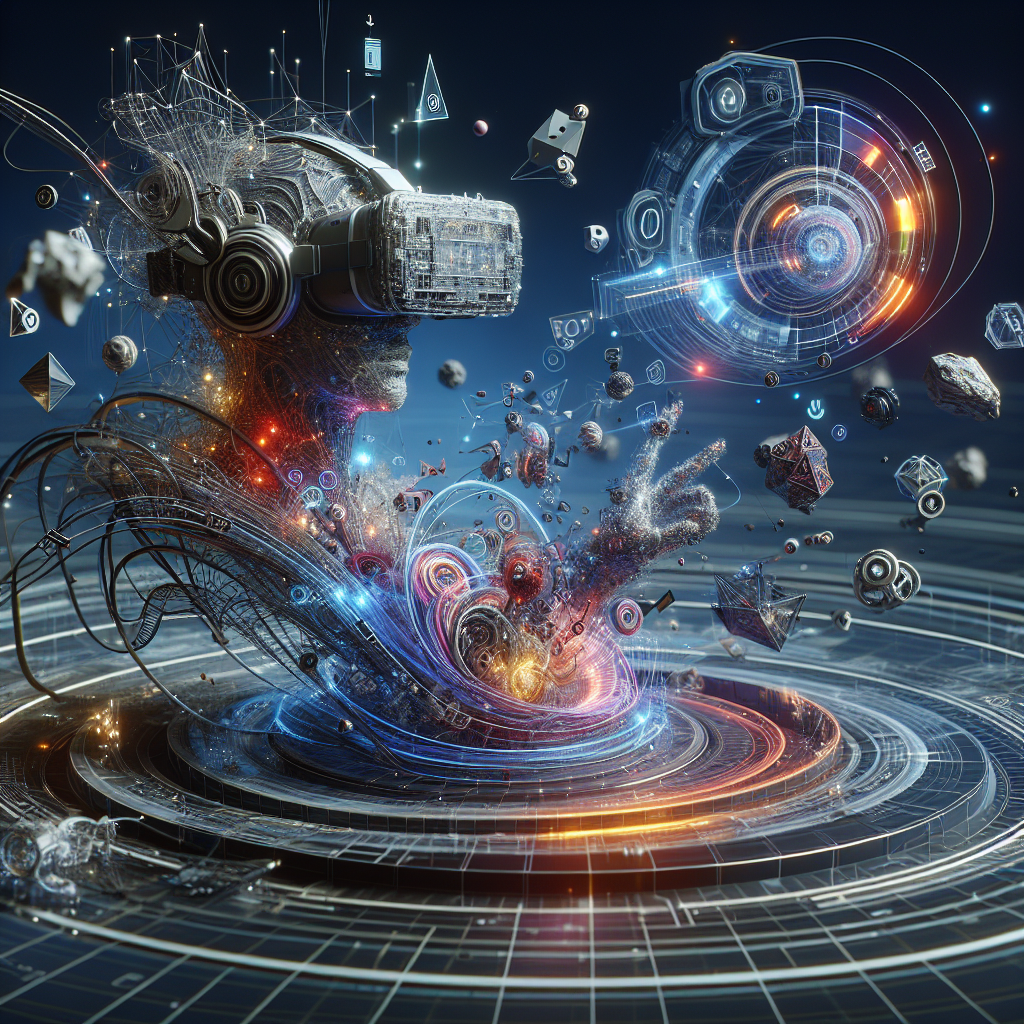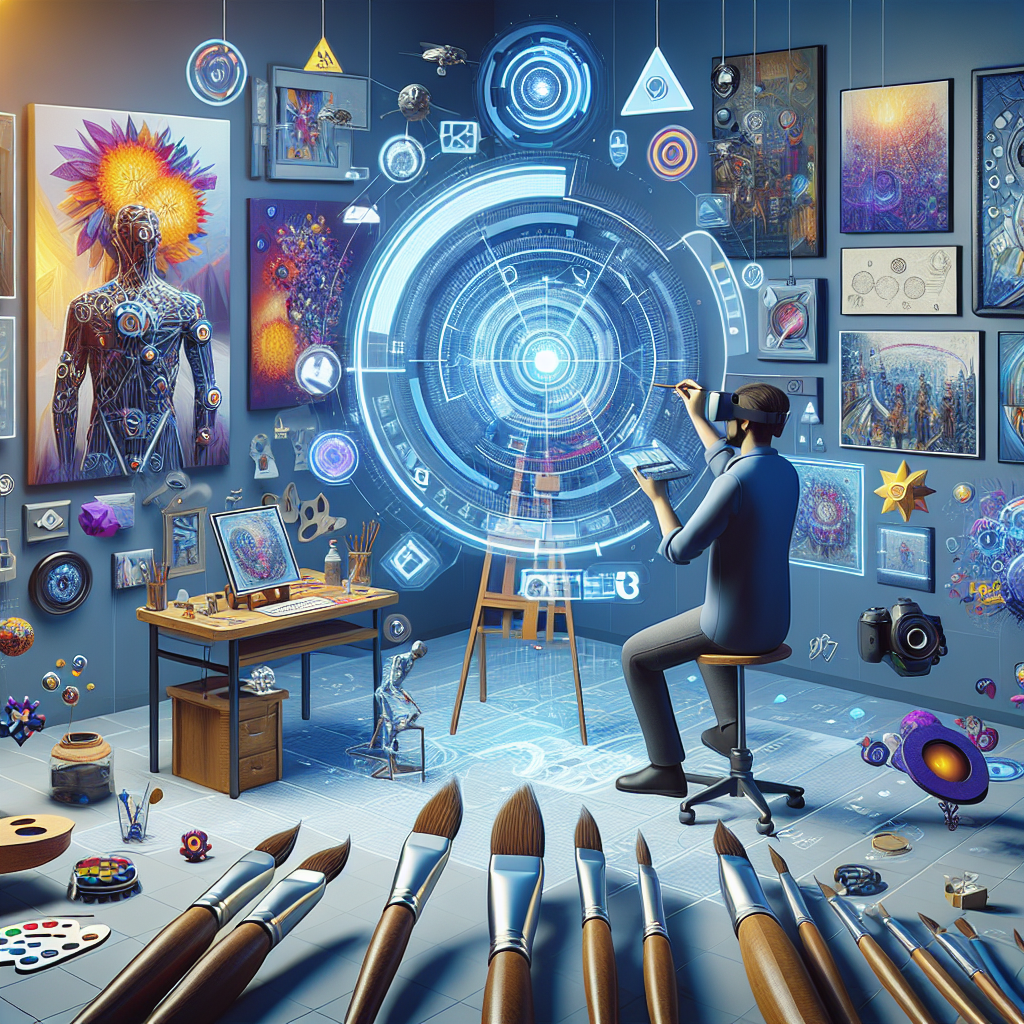
In recent years, the art and design world has undergone a profound metamorphosis thanks to the rapid advancement and integration of virtual and augmented reality (VR/AR) technologies. These groundbreaking tools have not only reshaped the creative process but have also redefined the way art is perceived, interacted with, and consumed. The convergence of physical and digital realms has opened up a plethora of possibilities for artists and designers to explore uncharted territories and push the boundaries of traditional art forms.
Virtual reality allows artists to immerse themselves and their audiences in entirely new worlds, transcending the limitations of physical space and materials. By donning a VR headset, viewers can step into a painting, sculpture, or installation, becoming active participants in the artistic experience. This interactive and immersive nature of VR art blurs the lines between creator and spectator, inviting a deeper level of engagement and emotional connection.
On the other hand, augmented reality overlays digital content onto the physical environment, creating a hybrid space where imagination and reality coexist. Artists can breathe life into static artworks by incorporating dynamic elements that respond to the viewer's movements or interactions. This fusion of real and virtual elements not only enhances the aesthetic appeal of art pieces but also challenges conventional notions of space, time, and perception.
As VR and AR technologies continue to evolve and become more accessible, artists and designers are embracing these tools as powerful mediums for self-expression and storytelling. From interactive installations and immersive performances to digital sculptures and virtual exhibitions, the possibilities are endless in this new era of creativity and innovation. The art and design landscape is being reshaped by the fusion of physical and digital realms, paving the way for a transformative and boundary-pushing artistic movement.
The Rise of Virtual and Augmented Reality in Art
Imagine donning a VR headset and stepping into a digital masterpiece that surrounds you in all dimensions. Virtual reality has opened up endless possibilities for artists to create immersive experiences that transcend traditional boundaries. Through VR, artists can transport viewers to fantastical realms, allowing them to interact with art in ways never before imagined.
AR, on the other hand, overlays digital elements onto the real world, blending the physical and virtual in captivating ways. This technology has enabled artists to breathe life into static art forms, adding layers of interactivity and engagement. From interactive installations to AR-powered exhibitions, the art world is embracing these new tools to captivate audiences in unprecedented ways.

Enhancing Design Processes with VR/AR
Designers too are harnessing the power of VR and AR to revolutionize their creative processes. Imagine being able to walk through a virtual architectural model, exploring every detail before construction even begins. VR has made this possible, offering designers a dynamic platform to visualize their concepts in a realistic and immersive manner.
AR, on the other hand, is reshaping user experiences by merging digital content with physical products. From virtual fitting rooms to AR-enhanced packaging, designers are leveraging this technology to create memorable and engaging interactions that leave a lasting impact on consumers. The marriage of design and technology is ushering in a new era of innovation across various industries.

Breaking Barriers and Inspiring Creativity
One of the most significant impacts of VR and AR in art and design is the ability to democratize creativity. These technologies are breaking down barriers to entry, allowing aspiring artists and designers to experiment and showcase their talents in virtual spaces. Virtual galleries, online design studios, and collaborative platforms are fostering a culture of inclusivity and collaboration like never before.
Moreover, VR and AR are inspiring a new wave of cross-disciplinary collaborations, with artists, designers, engineers, and technologists coming together to explore the possibilities at the intersection of art and technology. This convergence of diverse perspectives is fueling a wave of innovation that is reshaping our understanding of art and design in the digital age.

The Future of Art and Design: A Digital Frontier
As we look ahead, it's clear that virtual and augmented reality will continue to play a pivotal role in shaping the future of art and design. From virtual art exhibitions to AR-enhanced retail experiences, the boundaries between the physical and digital worlds will continue to blur, offering us new ways to engage with creativity and innovation.
The integration of VR and AR technologies opens up a world of possibilities for artists, designers, and audiences alike. By embracing these tools, we are not only transforming the way we create and experience art but also redefining the very nature of artistic expression in the 21st century.
In conclusion, the integration of virtual and augmented reality in art and design represents a paradigm shift that is redefining our creative landscape. As we continue to explore the boundless potential of these technologies, we are poised to embark on a journey of imagination, innovation, and inspiration that transcends traditional boundaries and opens up new horizons of artistic exploration.
Let's embrace the digital frontier and embark on a voyage of discovery where art and technology converge to create a world of endless possibilities.
By delving into the immersive world of virtual and augmented reality, we can unlock new dimensions of creativity and innovation that have the power to transform the way we perceive and interact with art and design.
Images sourced from: Image 1, Image 2, Image 3
Comments